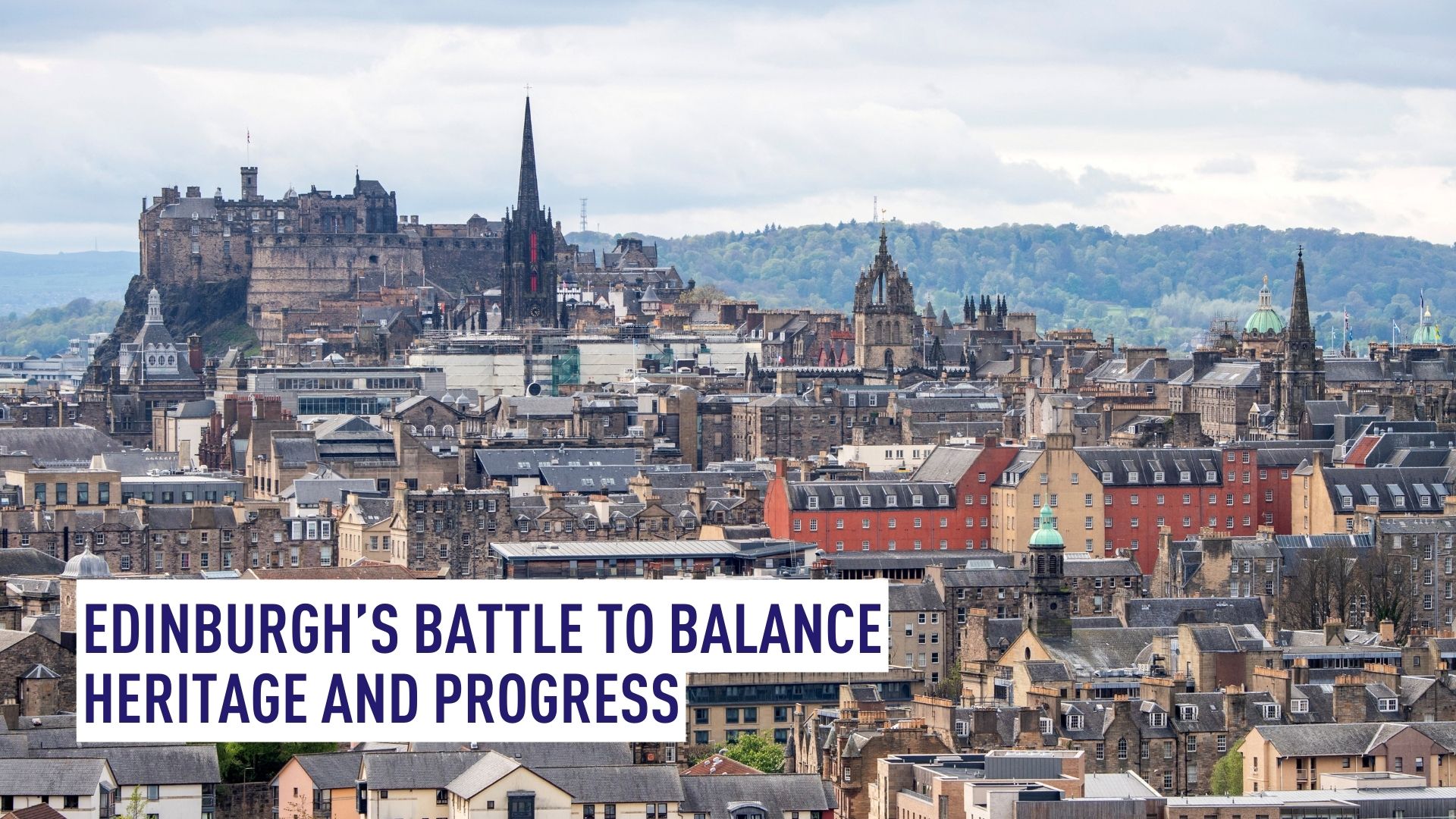Friday April 18 is World Heritage Day, which seeks to raise awareness about preserving cultural and natural landmarks.
One of Britain's most popular UNESCO World Heritage cities is Edinburgh, Scotland's capital.
But like many similar world heritage sites, there is pressure on Edinburgh to balance the needs of its residents with those of large numbers of tourists while preserving its historic character.
More foreign tourists visit Edinburgh each year than anywhere else in Britain apart from London.
The star attraction is the medieval old town, dominated by the castle atop a hill, and its main street the Royal Mile with its narrow closes and courtyards.
Around five million visitors a year stay here, spending an estimated $3 billion. But the pressure of mass tourism is starting to tell: pushing up rents while putting a strain on facilities for both locals and visitors.
In a bid to ease pressure Edinburgh City Council has blocked development or extensions of new hotels in the Old Town, while renting apartments on Airbnb now requires planning permission.
The city has also won approval from the Scottish government to introduce a tourist tax. From July 2026, a 5 percent levy will be added to all overnight stays in the capital. The hope is to raise about $60 million a year to help pay for improvements.
The New Town… and new ideas
Also part of the World Heritage Site is the so-called New Town. It was built in stages between the late 18th and mid-19th centuries and retains much of its original neo-classical and Georgian period architecture.
According to UNESCO, the layout of the New Town had a major influence on urban architecture and town planning throughout Europe.
Prince's Street on the southern edge of the New Town was long considered the main shopping street in Edinburgh, giving picture-postcard views of the old town. But it's well past its prime and starting to look run down.
The City Council is considering its options and one controversial plan which has caught the public's imagination involves a radical rethink.
It's the brainchild of award-winning local architect Richard Murphy who wants to turn it into a tree-lined boulevard with outdoor cafés and restaurants.
"I think if you are working in UNESCO status, in a UNESCO city, obviously you have to be careful what you do," Murphy tells CGTN. "But that doesn't mean you have to preserve everything in aspic. You also have to recognize that life moves on."
But some are worried it could be a step too far. Liverpool was stripped of its UNESCO World Heritage Status for development of its historic docklands including construction of the new Everton football stadium.
Murphy argues that the creative blending of old and new is necessary if the city is to keep moving forward.
"I think most cities do have a vision of where they are going to be in 20 or 50 years' time," he says. "I have my doubts about Edinburgh in that respect, because the vision is to keep everything the same for a lot of people. But I think you need to understand that if we do that we will die as a city."
Not everyone agrees with Murphy, but most admit Edinburgh faces a delicate balancing act: maintaining a world-class city for tourists and residents alike, without destroying its historic heritage.


